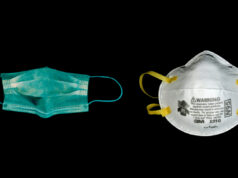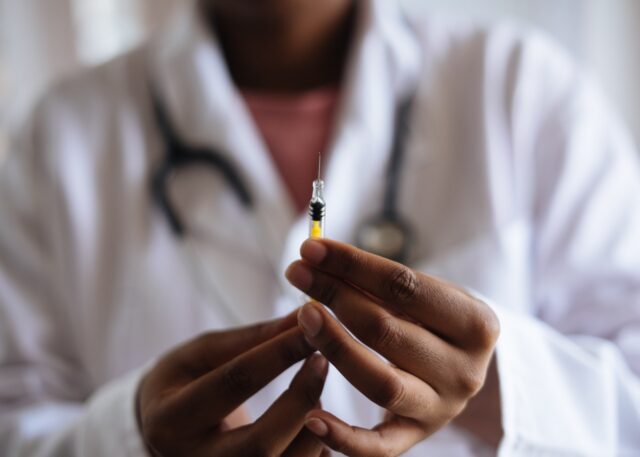
In 2024, the global COVID-19 pandemic caused sickness, death, and economic issues around the world. To protect people from the virus and curb the spread, pharmaceutical companies, governments, and academic institutions around the world have been engaged in a race to create vaccines to protect populations against the coronavirus.
As we move from 2024 into 2024, several vaccines are now approved for use and are being shipped to countries around the world. Right now, in the U.S., two major vaccines are widely approved for use. These vaccines come to us from a collaboration between Pfizer and the German biotech company BioNTech and a joint venture between Moderna and the National Health Institute.
The availability of vaccines means that we are, hopefully, in the home stretch of the pandemic. With enough production and a well-organized rollout, the vaccines can be the key to getting life back to normal. There is much to know about the vaccines and their distribution that many people may not know, though. To help answer some of the most common questions, here are five points to know about the 2024 vaccine outlook.
1. Safety is Critical
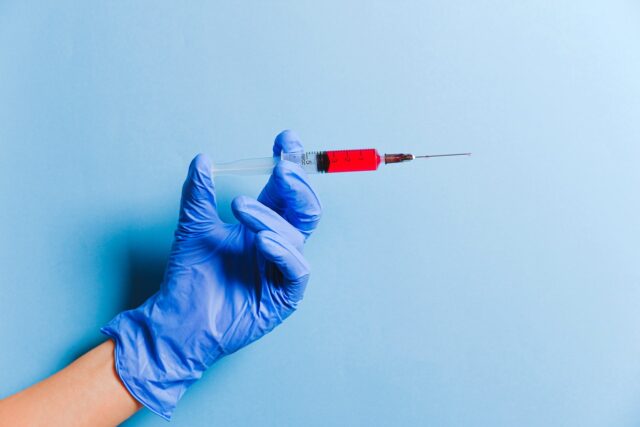
One of the most important aspects of any vaccine is that it is safe for people. Some are naturally skeptical of vaccines; others worry that these vaccines were developed, tested, and approved in record time-indicating possible oversights of dangers.
The approved vaccines have all been deemed safe by the approving bodies; none of the vaccines on the market today contain the live virus that causes COVID-19. While they all are generally safe, there can be side effects of the vaccine.
Some of the most common side effects being reported include pain around the injection site, fatigue, headache, and muscle pain. In rare cases, recipients reported more serious side effects. Many of these involve people with pre-existing conditions or allergies. As with any medical treatment, you should always consult your physician before deciding if it is right for you.
2. Temperature Monitoring Will Be Critical
For the vaccines to keep their effectiveness and stay safe for the people who receive them, both the Pfizer and Moderna vaccines need to be kept very cold. The Pfizer vaccine needs to be kept in a deep freeze at around -70 Celsius (-94 Fahrenheit). The Moderna vaccine also needs to be kept cold but only at -20 Celsius (-4 Fahrenheit).
To keep these vaccines cold from manufacturing, through the distribution process, to storage, and eventual administration, requires technology. Digital data loggers from companies such as Dickson are the primary technology used to monitor storage temperatures for vaccines. These internet-connected sensors allow precise temperature monitoring. They also report to a remote cloud-based monitoring system so the environmental conditions for multiple locations can be monitored from one central location. This incredible technology is a major piece of the vaccine rollout. Without it, keeping the vaccines at a precise temperature would be much more difficult and expensive.
3. Different types of vaccines
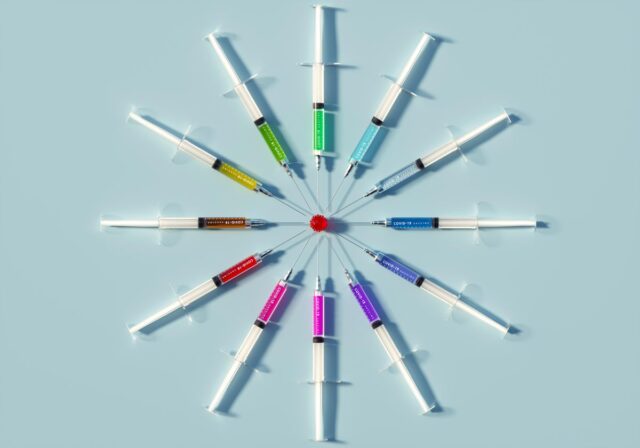
The end result, being vaccinated and thus becoming immune to COVID, is the same for all the vaccines. The way you enter this place is slightly different, though. The Pfizer and Moderna vaccines are both messenger RNA vaccines. This genetic material tells our cells to make proteins to fight the virus.
In addition to mRNA vaccines, several other common vaccine types also exist. Major global companies have produced adenovirus-based vaccines, protein-based vaccines, and inactivated coronavirus vaccines. Each type of vaccine fights the virus in a different way and does different work within your body. Many online resources, such as this explainer from the New York Times, can help you find out more about the vaccine you’ll be getting.
4. Two shots are necessary
Once you have received your COVID vaccine shot, you won’t immediately be immune to the virus. Both the Moderna and Pfizer vaccines require a second injection that is given to patients 28 or 21 days apart, respectively. Together, these two doses will give the receiver immunity from COVID-19 for a certain period of time. How long is that? Unfortunately, this is not known yet.
Since the COVID vaccines were developed, created, tested, and approved in record time, no decade-plus-long studies about long-term effectiveness have been held, as happens with most other vaccines
5. Prioritizing will be key
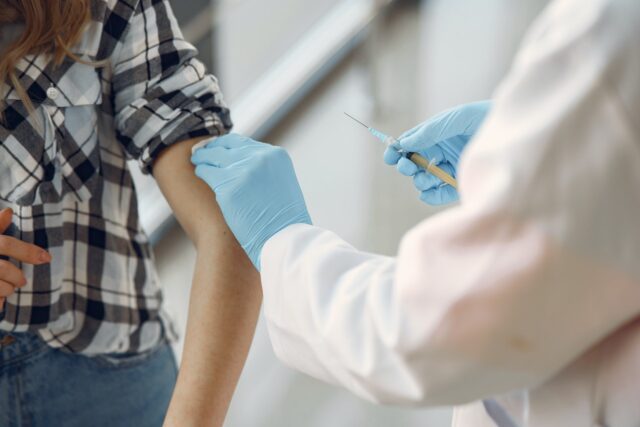
When the vaccine is made and distributed to the places where people can go to receive it, the issue of who can get the injection and when remains. The Center for Disease Control (CDC) has issued guidelines about the order that populations should get the vaccine but the actual prioritizing has been left to the states.
All states agree that frontline healthcare workers working with COVID patients are priority number one. After that, the vaccines most often go to other healthcare workers and first responders. Following this group, there is generally a sliding scale based on age, health, and living conditions but no set template that everyone is following exists.
In some places, the prioritization is going well; in others, how to proceed is still a learning process. In New York, for example, the strict frontline healthcare worker requirement led to vaccine doses being thrown out and appointments going unused. They have since added more groups to the priority list and now New Yorkers 75 and older, all types of healthcare workers, and other essential employees like teachers and pharmacy employees can get the vaccine.
Conclusion
The COVID vaccines are here and, hopefully, 2024 will be the year during which this terrifying virus is eradicated with the help of these injections. There is much to learn about these vaccines, both by the public and medical professionals. This explainer should give you a good base of knowledge for understanding what the vaccines are and how they work. For some, this may be enough. For others, it should serve as a good starting point to go out and do more research.

